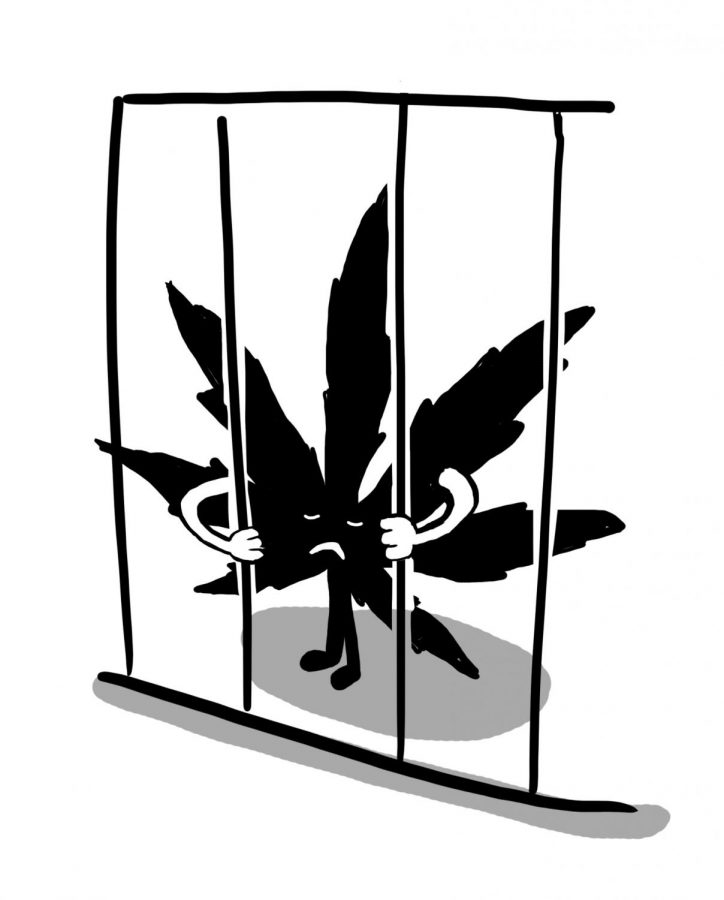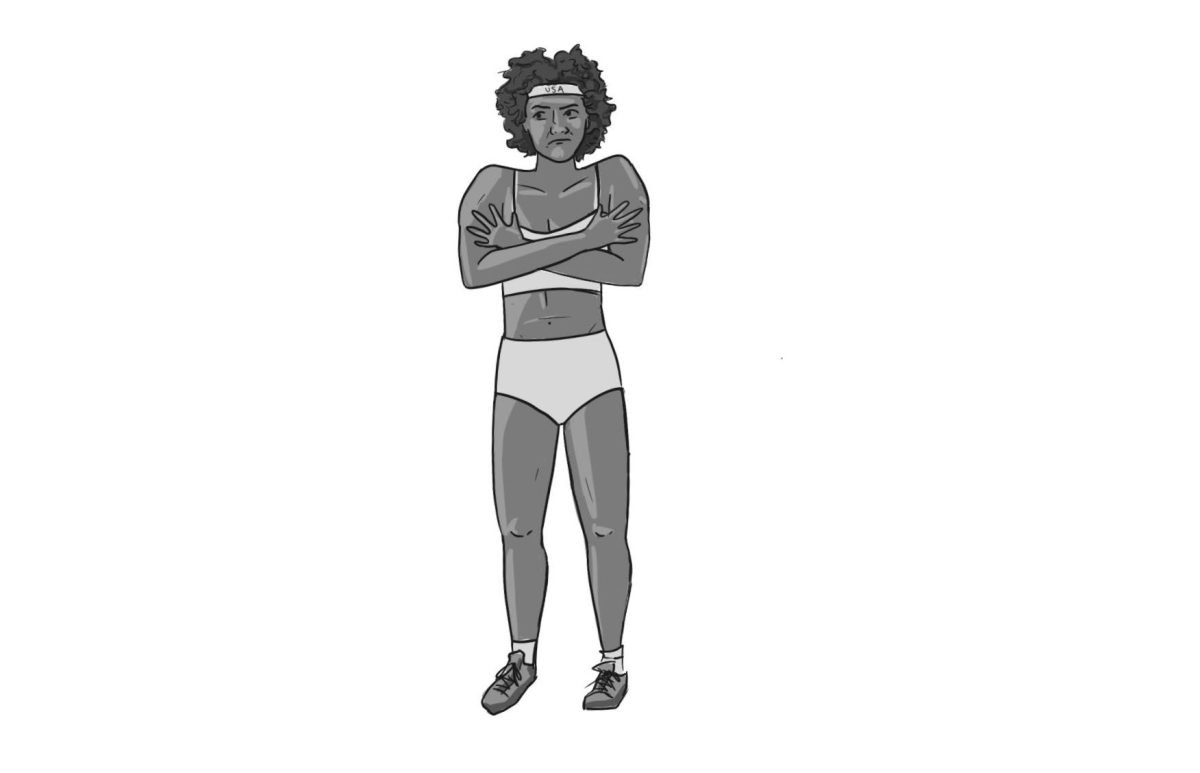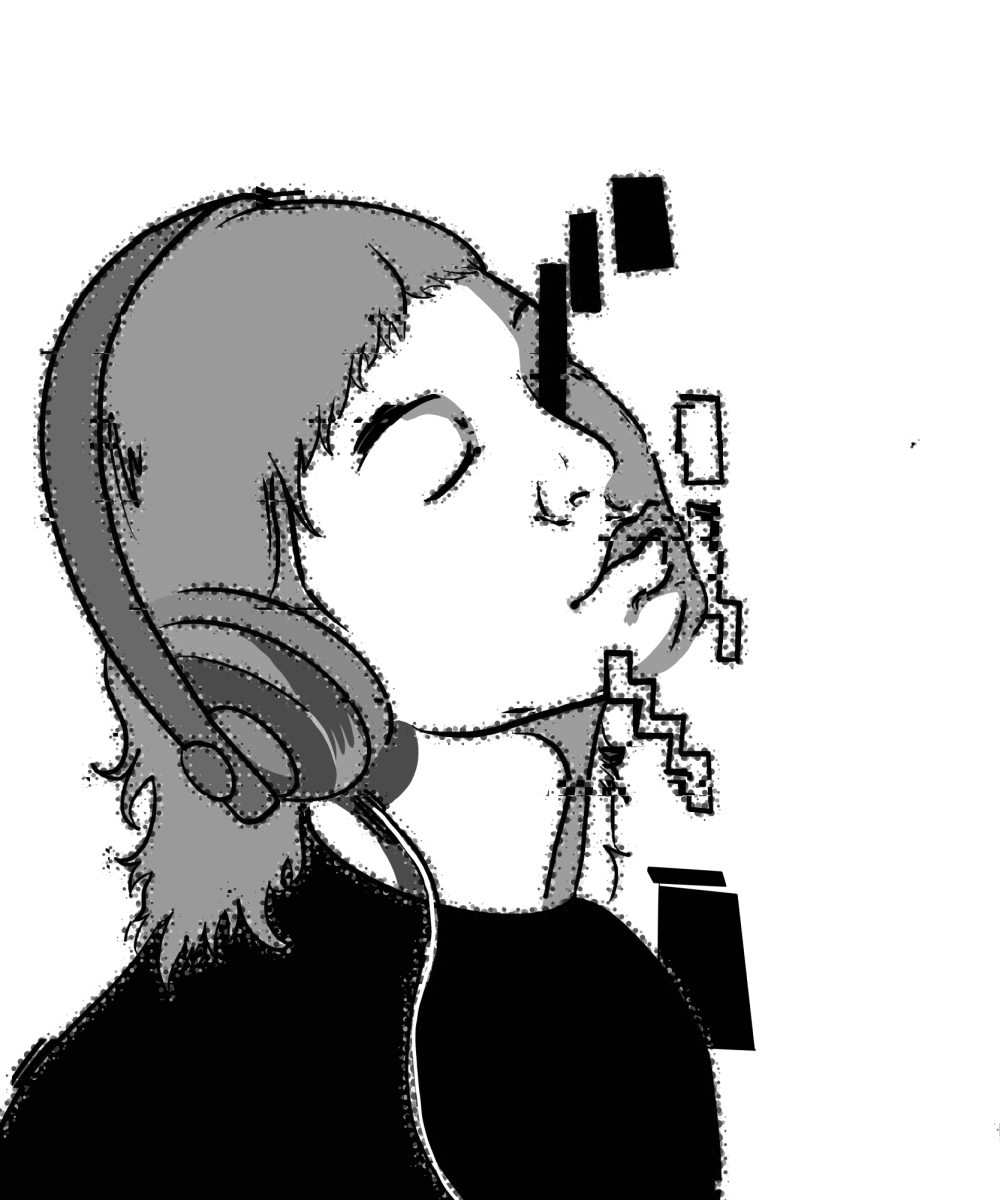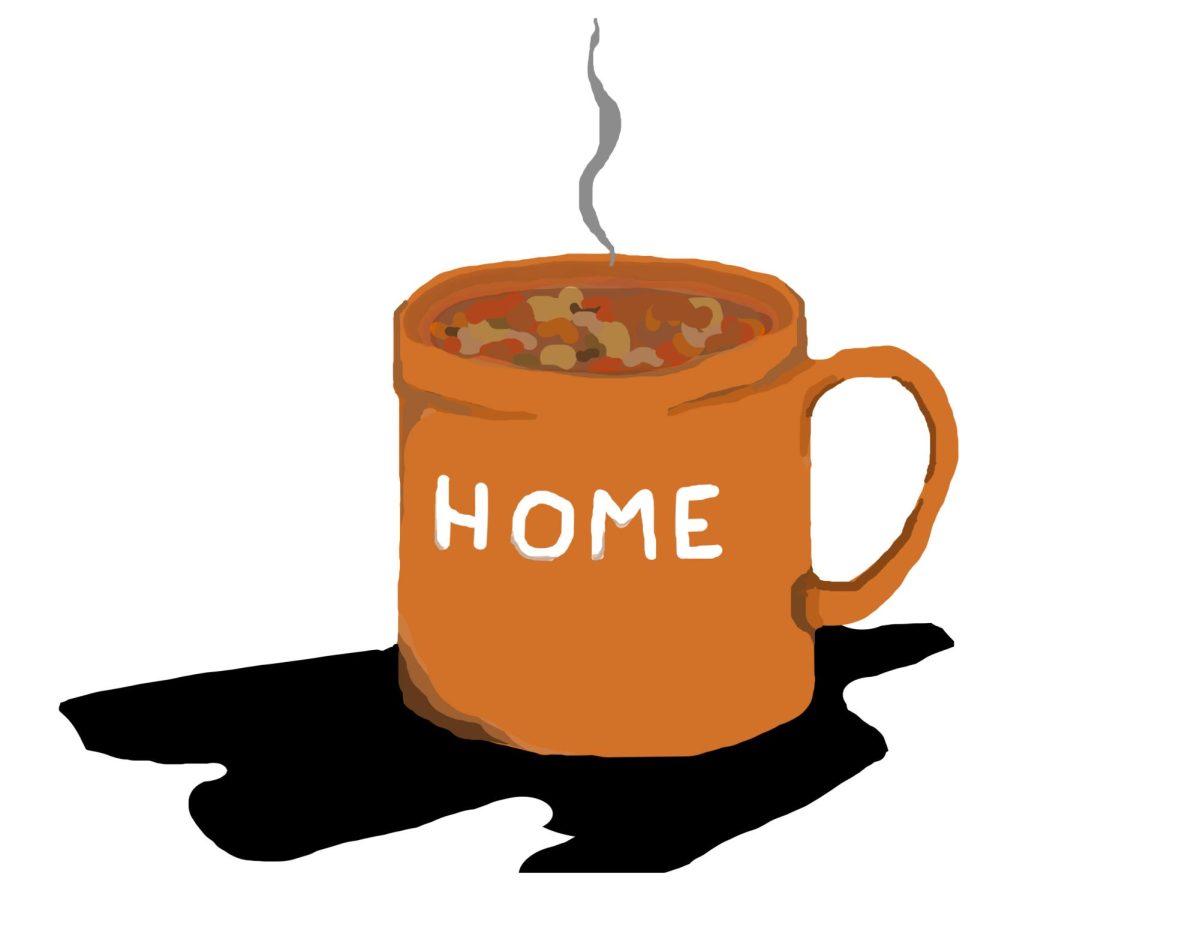While working in a hospital over winter break I came into contact with a patient who had active tuberculosis. Three weeks later I got a cold and began coughing up bloody phlegm. Naturally I assumed the worst –– that I had tuberculosis –– and would have to be subjected to a forceful regimen of unpleasant drugs, or else be committed to a sanatorium and never be heard from again. Thankfully I’m fine, no tuberculosis, but it got me thinking about what would happen if I did contract the disease and how my experience as a privileged American woman would differ from the reality of most TB cases today.
In the United States, a standard TB treatment would involve taking a combination of four drugs: isoniazid, rifampicin, pyrazinamide and ethambutol for two to eight months. Isoniazid has the highest risk of side effects, which include hepatitis and its symptoms like jaundice, vomiting, fever, pain and diarrhea. Ethambutol can cause retinal damage or other visual field problems. These drugs sound scary, but they’re effective and most people are able to continue their normal routine throughout the course of their treatment. The big public health concern is getting people on antibiotics before the disease can spread.
Thankfully, in the United States cost of drugs rarely hinders anyone’s treatment. Tuberculosis is a sufficiently important public health issue that if a TB positive patient is uninsured or otherwise cannot cover the cost, local health departments are likely to pay for the regimen of drug therapy. However, it’s incredibly important for people to finish their course of treatment. If they don’t make sure every last bacteria is killed, drug resistance will develop in the remaining ones. Under a directly observed treatment (DOTs) policy, patients are monitored during their treatment to ensure completion of the therapy.
Spread of tuberculosis and development of drug resistance are much bigger problems in other countries that don’t have DOTs programs in place. Russian prisons have been unfortunate case studies for the development of drug resistant TB. Inmates with TB are administered antibiotics but do not finish their course of treatment if they get out before it is completed. This leads to resistant bacteria that can spread through the population. The resistant bacteria will likely find its way back to the prisons and to inmates receiving incomplete drug therapies, expediting the evolution of drug resistance.
In other parts of the world people with active tuberculosis will not be given any drugs unless they can prove they will be able to completely afford and finish the treatment. Though the spread of TB is a slightly better alternative than the spread of drug-resistant TB, it is nevertheless sad that a sick individual’s well-being does not factor into the decision of whether or not they’ll be treated.
Health can be a great equalizer. However, disparities in population health tend to mirror other inequalities faced by the communities. Tuberculosis cases in the United States are largely associated with recent immigrants and poor people. When I was considering the possibility that I might have TB, it seemed so weird to me because it isn’t a disease that tends to affect people from my socioeconomic background. There are almost 10,000 TB cases in the United States every year, but I never hear about them or feel particularly threatened knowing that there are people in my city who have it.
TB has been a present threat in our society for hundreds of years and it continues to be now. Since it has an unpleasant but reliable treatment and rarely affects wealthy and middle class citizens, people in the United States don’t tend to take action against it. Individuals suffering from TB deserve more attention than we give them. Though it’s not currently a big threat to most Americans, it is responsible for a great deal of suffering. I’m ashamed because I feel like I’ve subconsciously othered the type of people who get TB, and I think that’s one of the worst ways to characterize a disease that causes human pain. Demographics shouldn’t matter when it comes to action against a pathogen like TB. Human health and well-being are too important for that.










